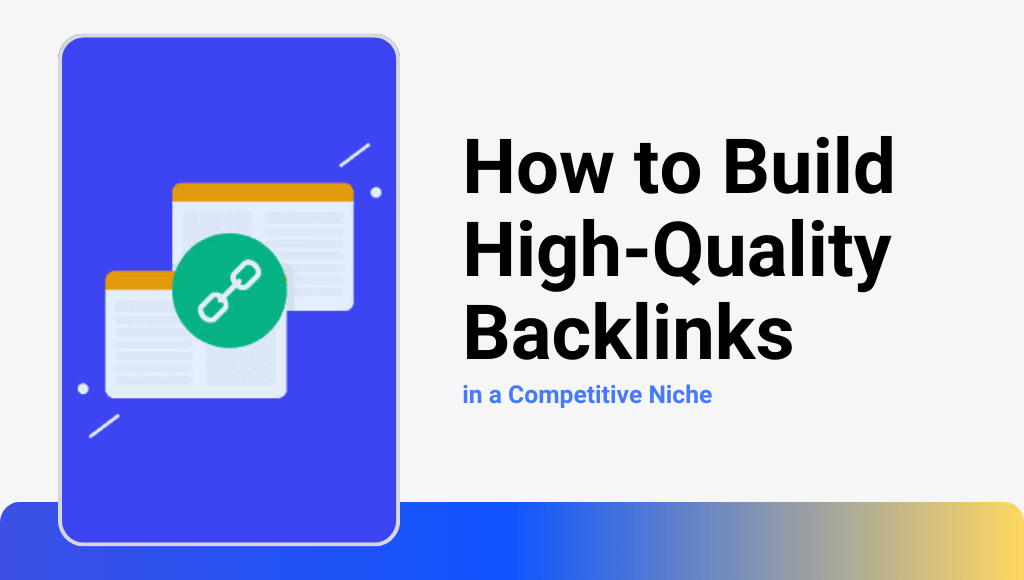Search engine algorithms continue to evolve, but one thing remains constant: technical SEO is critical for ensuring that your site is accessible, crawlable, and indexable. Let’s dive into the best technical SEO practices to help your website thrive in 2025 and beyond.
What is Technical SEO?
Technical SEO refers to the optimization of your website’s infrastructure, ensuring that search engines can effectively crawl and index your content. It focuses on behind-the-scenes elements rather than visible content.
Top Technical SEO Best Practices for 2025
- Mobile Optimization
- Ensure your site is fully responsive.
- Use mobile-friendly layouts and test using Google’s Mobile-Friendly Test.
- Improve Site Speed
- Compress images and use next-gen formats (e.g., WebP).
- Implement caching and use a reliable CDN.
- Minify CSS, JavaScript, and HTML files.
- Secure Your Site with HTTPS
- SSL certificates are essential for trust and search rankings.
- Fix Crawl Errors
- Regularly check for broken links and fix 404 errors.
- Use Google Search Console to monitor crawl stats.
- Optimize for Core Web Vitals
- Focus on metrics like Largest Contentful Paint (LCP), First Input Delay (FID), and Cumulative Layout Shift (CLS).
- Use Structured Data (Schema Markup)
- Implement schema to enhance your listings with rich snippets.
- Create an XML Sitemap and Robots.txt
- Help search engines understand your site structure.
- Ensure Proper Canonicalization
- Prevent duplicate content issues by defining canonical URLs.
- Maintain a Clean URL Structure
- Use SEO-friendly, descriptive URLs.
- Monitor Site Health Regularly
- Use tools like Ahrefs, SEMrush, and Screaming Frog to stay on top of technical issues.
Conclusion
Technical SEO lays the groundwork for successful digital marketing. A well-optimized site makes it easier for search engines to access and understand your content. Implementing these best practices in 2025 will give you a solid foundation for higher rankings and improved user experience.


